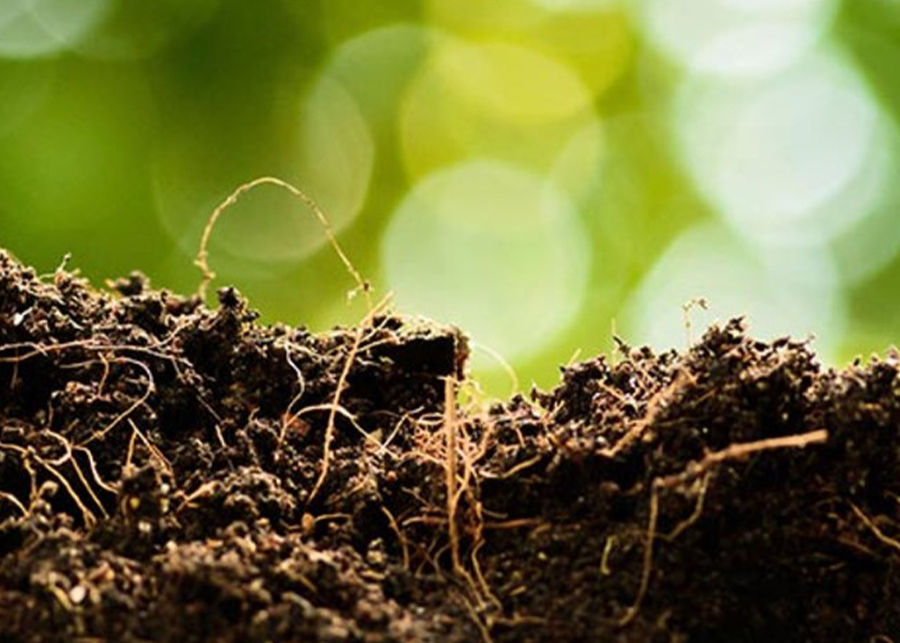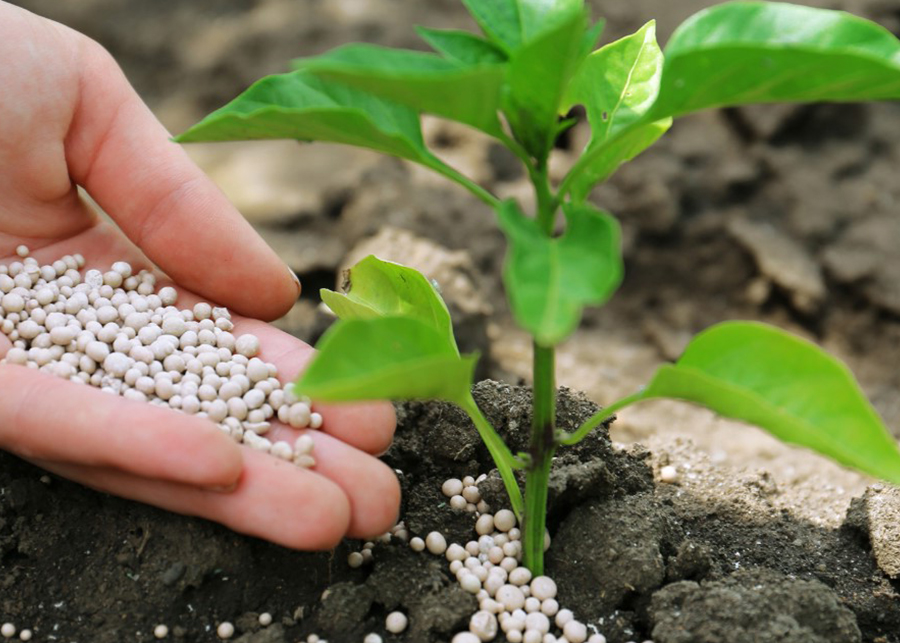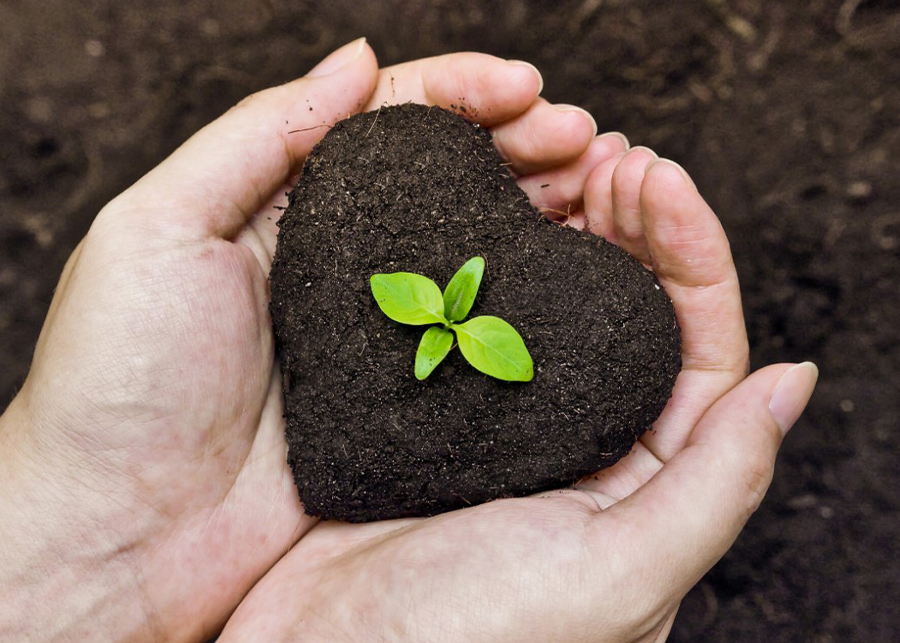African Violets are a beautiful, bright flower that grows well in a self-watering pot. They are a great gift to anyone and can grow in many different places even in the city. With the right information you can get it started and keep it growing
African violets belong to a subgenus of the Gesneriaceae plant family, Streptocarpus sect. Saintpaulia. They are perennial flowering plants native to eastern and southeastern Africa. They are a beautiful, bright flower that grows well in a self-watering pot.

Fertilizer
African violets are great for indoor and outdoor potted plants, and this organic fertilizer is ideal for African violets and other similar tropicals. It is easy to apply, and results are consistently outstanding. Simply mix one teaspoon with one quart of water. Apply to your African violet plant at least once every seven to ten days, or as recommended by your grower.
African violet fertilizers come in a variety of strengths. Most come in 10-20-10 N-P-K ratios, and are intended to be diluted with water. Follow the manufacturers’ dilution instructions carefully. Using 10-20-10 fertilizer in 1ml of water will make the solution the same strength as one pint of water.
Light levels
To grow African violets successfully, the light intensity in the room must be adjusted to match the growth stage of the plant. This plant prefers indirect light with moderate shadows and hazy edges. Direct light will leave dark outlines on the leaves; low light will give vague, blobby shadows. It is best to gradually increase light levels to the correct level. A sudden exposure to bright light can cause shock to the plant.
Poor lighting is a major problem for African Violets, which results in poor flowering. Flowering is a major drain on the plant’s energy budget, so it is vital to provide adequate lighting to encourage flowering. In addition, Saintpaulias grow very rapidly and require frequent repotting.

Protection from pests
African violets offer protection from pests in a variety of ways. The insect pests associated with these plants are generally harmless, although they can be a nuisance to plant growers. Some people may even have a strong aversion to the mere sight of insects. Others may believe that the only insects that are worth worrying about are those that are dead.
Thrips are a common pest of African violets. They’re tiny insects that feed on the flowers and pollen. These pests can go undetected for a long time. However, the presence of these insects can be detected through the pollen spills that are left behind. However, despite their small size, thrips are dangerous if left unchecked.
Repotting
Besides fertilizing, African violets require moderate watering. Their soil mix needs to be slightly moist, but it must be able to drain. You can also fertilize them with a
flower plant liquid fertilizer several times a month. Remember to water them from above. Never water the African violets directly on their leaves. It is a good idea to pot them on clay pebbles to prevent any damage.
To repot African violets, first, remove the plant’s plant wrapper. Doing so will help prevent the violet from developing a long neck. Secondly, make sure you do not pack the soil tightly around the violet. Doing so can lead to root rot. Also, it can make the plant’s foliage more susceptible to rot diseases.
Organic Fertilizer For African Violets Result
One way to detemine if an African violet is being grown in alkaline soil is the color of its leaves. Indoors, when African violets are in the correct soil mixture, the leaves will be dark green and lustrous. However, on a plant growing in too alkaline of a soil, yellowing of the leaves will become evident. If your African violet has yellow leaves, verify that only half of your peat moss or coco-fiber is pine or fir bark.

